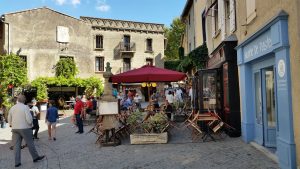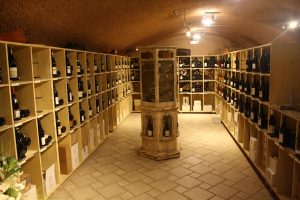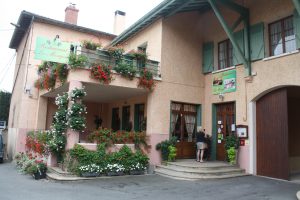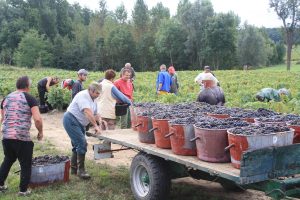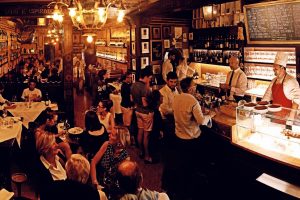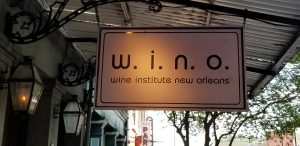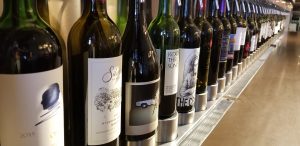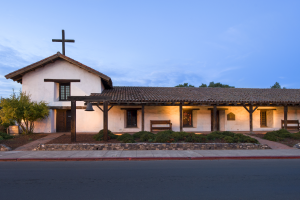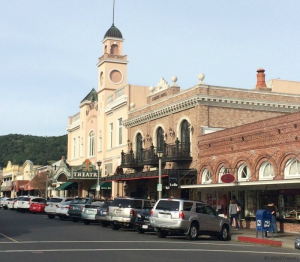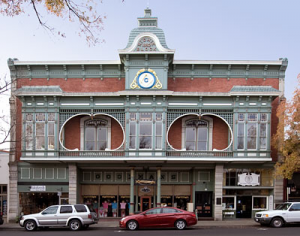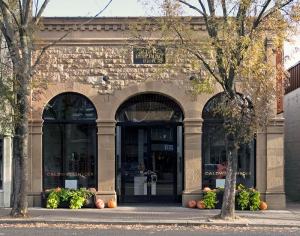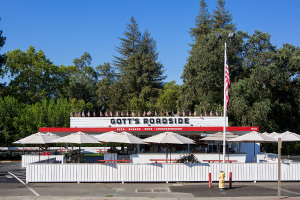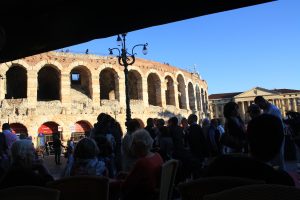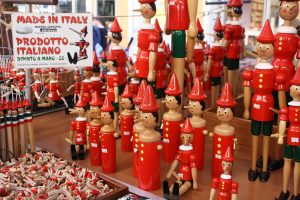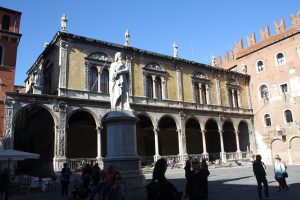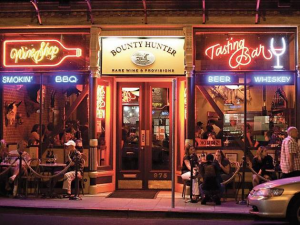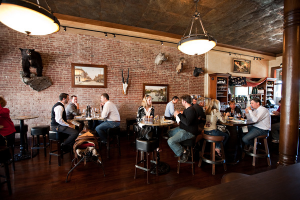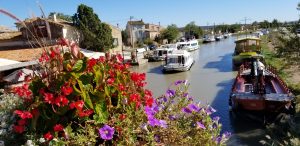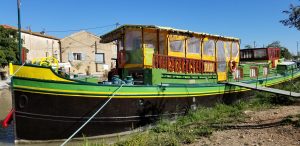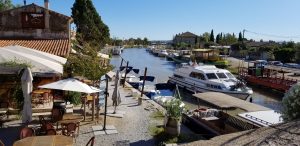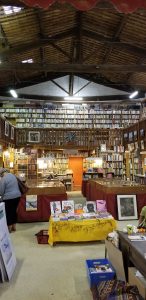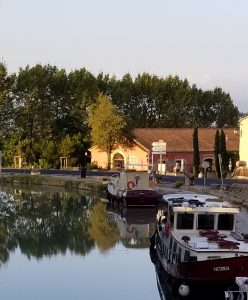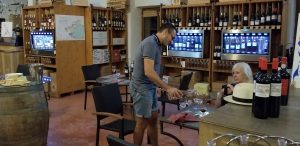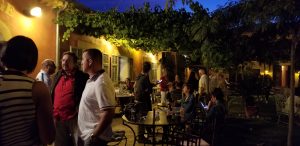The town of Carcassonne sits among several different winemaking regions, with Minervoix to the northeast; Corbières to the southeast; and Gaillac to the west. If you are on a wine tasting trip in the Southwest of France, you should definitely save time for a stop in Carcassonne. In fact, the town is a worthwhile destination, no matter what brings you to the French Southwest.
The Cité of Carcassonne. Photo courtesy of Wikipedia.
The lower town is no different than many others in France, but the massive rock to the north is a wonder. It is a classic medieval fortress city essentially undisturbed since the late 13th century. Well, that’s not exactly true. In fact, by the mid-19th century the town had fallen into such disrepair that the French were prepared to tear it all down. The hero of this tale is Eugène Viollet-le-Duc, an architect and antiquarian who made it his life’s work to restore structures that had suffered over the centuries. He led the project to restore Carcassonne to its previous glory and although his vision was as much romantic as historical, the restored town is not only a monument to French history but also to the memory of Viollet-le-Duc.
While there had been a town along the Aude river since Roman times, Carcassonne achieved a prominent place in history during a crusade against believers in a proto-Protestant religion known as Catharism, considered heretical by the Popes of the 12th and 13th century. The fortifications that can be seen today, called La Cité, were first erected to keep the papal armies out. The local nobleman who ruled the city decided to give it up without a fight and when all the wars were over, Carcassonne had become a part of kingdom of France.
The entrance to the Château Comtal.
As a visitor, you can walk around the stone streets and along the ramparts. It doesn’t require much imagination to see the invaders below, holding Carcassonne in siege. In fact, anyone who has ever dreamed of knights in shining armor and their damsels in flowing robes will feel a bit of romantic memory wash over them while inside the walls. The Château Comtal, or the Count’s Castle, is one of the sights not to miss. Here you will get a feeling for how the people of the time actually lived. Also, the Basilica of Saints Nazarius and Celsus, built before the age of the Cathars, is a testimonial to the glory of the Middle Ages.
A café in one of Carcassonne’s squares.
Of course, Carcassonne is a tourist destination so there is the usual array of stores selling t-shirts and other souvenirs, but that shouldn’t keep you away. This town is a piece of history that has been lovingly restored, and the 21st century gets along quite well with the 13th. Have lunch at an outdoor café, drinking the local wines and eating the contemporary fare and pretend that you are gathered with townsfolk to fete the Viscount and his court. You and your inner child will be glad you did.


